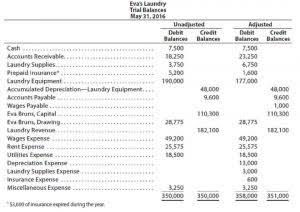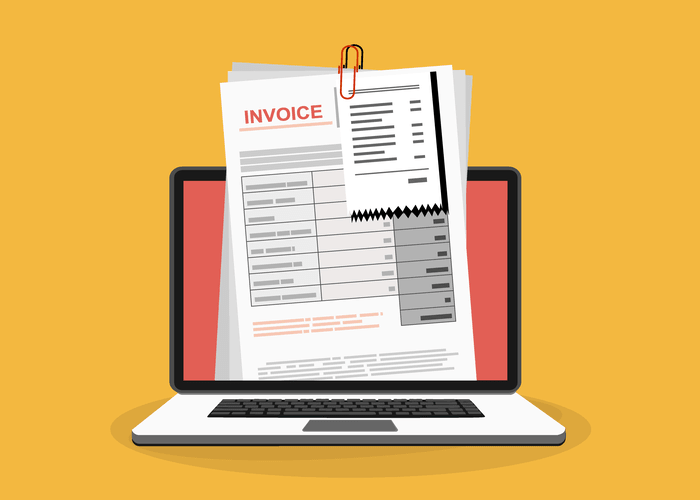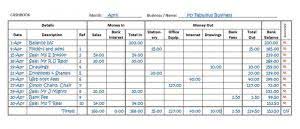Construction Bookkeeping 101: Everything You Need to Know
Unlike traditional accounting methods, accounting for construction focuses on project-based financial management, often dealing with long-term contracts and variable costs. From tracking project expenses to handling vendor payments, there’s no shortage of detailed accounting tasks that require precise attention. Understanding construction accounting helps construction firms improve cash flow, track project profitability, and stay compliant with tax regulations.
Back Up Records Digitally
After giving opportunities to numerous accounting services providers, we found Whiz consulting. Construction bookkeeping is unique because of the nature of the business, so it’s even more important to hone your bookkeeping skills and use the best tools available, to make sure it’s done right. There is a lot of construction software out there for today’s construction firms to choose from. Ideally, a construction software that automates some – or all – of your bookkeeping would make running your business a lot easier.
What is Construction Accounting?
Revenue recognition is a critical aspect for construction contractors to manage their financial means effectively. Decentralized production is a fundamental aspect of construction companies’ operational structure, where various project activities are dispersed across multiple locations. In the construction industry, projects are often executed at different sites simultaneously, each requiring distinct management and resource allocation. Unlike centralized production, which concentrates all operations at a single facility, decentralization allows construction firms to efficiently handle diverse projects with specific requirements. In construction companies, project-based operations are a core aspect of their business model.
- When choosing a construction accounting software platform, there are three areas of consideration that you should consider.
- For long-term projects, consider using the percentage-of-completion method for revenue recognition.
- To navigate the complexities of construction accounting, financial experts rely on specialized methods, software, and general ledgers, all integrated into a cohesive system.
- Using a cloud-based service also ensures the security of your information because it is encrypted and safe from hackers, power outages, disasters, or computer malfunctions.
How to Use the Covey Matrix for Effective Time Management
Not only is it used for tracking each job, but it allows you to analyze how expenses are affecting the firm as a whole. With proper bookkeeping (i.e., tracking and recording all payments and costs), firms will have a deeper and more informed understanding of their financial situation, allowing them to act accordingly. One key difference is the need for detailed job costing, as construction projects often involve multiple contracts, subcontractors, and materials. Additionally, the financial reports that construction companies rely on to measure their performance differ slightly. One effective way to track expenses is to use accounting software specifically designed for construction companies.
Construction payroll
Every job site needs to be tracked in terms of equipment and varying labor wage rates. Withholding retainers can further delay payment, which is why it’s important to accurately track costs and have funds available for shorter pay periods. Payment scheduling and collection are subject to different circumstances in the construction industry, making proper bookkeeping essential. Bookkeeping for construction companies is based on construction contracts, which typically last longer compared to other industries since projects can take months or years to complete. Financial reports help business owners in understanding the financial standing of the business. It provides valuable insights which help business owners to take necessary business decisions wisely.
Managing Payroll and Expenses
It requires an understanding of unique accounting principles and regulations specific to the industry. The accounts payable aging report provides a clear overview of a contractor’s current and future outstanding payments. It plays a crucial role in cash flow management, helping companies avoid surprises and maintain financial stability. This report highlights important details, including payment due dates, potential cost-saving opportunities by paying early or later, and the total outstanding balance. Additionally, it includes essential vendor information and payment terms for effective financial tracking and planning.
Bonus: Construction Management Software Integration
Those offering transparent pricing fared better than those forcing you to provide data The Role of Construction Bookkeeping in Improving Business Efficiency to get a custom quote. We also looked at the range of costs between the various pricing tiers that a provider offered and the value that those plans offered to users. This software is best for contractors who have multiple projects happening simultaneously. This software is best for those who manage construction projects on real estate that they own or lease.
Construction contracts are longer
Many construction companies will repeatedly use the same type of contract for similar projects, and over time these businesses grow in their ability to monitor job costs, revenues, and profit. Foundation breaks its software down into modules that you can put into a custom solution. Develop POs and subcontractor costs to use in projects, so there are no unexpected costs that come up. Once you’ve planned a project, manage it with the general ledger (GL) and payroll features. The payroll module uses Davis Bacon wage rates and includes union fringe and state tax rates. However, using one bank account for all the transactions can complicate the financial accounting process.










